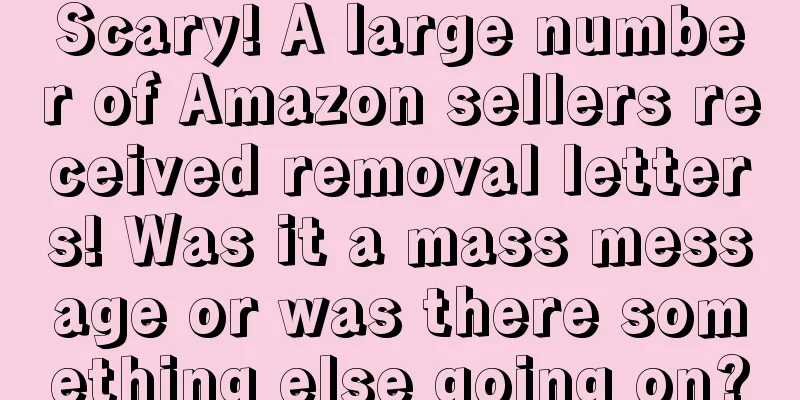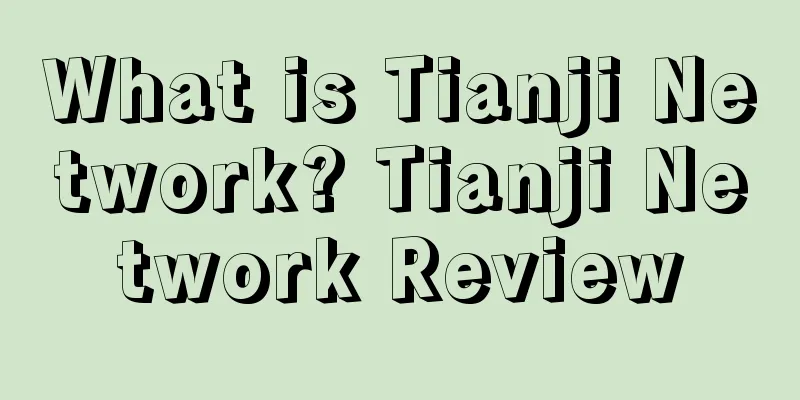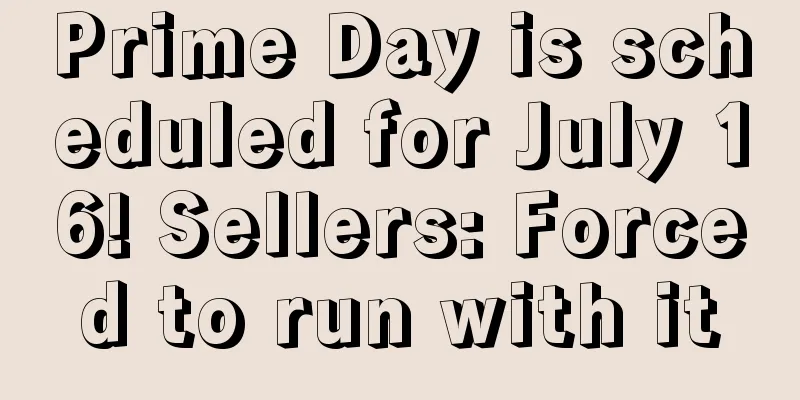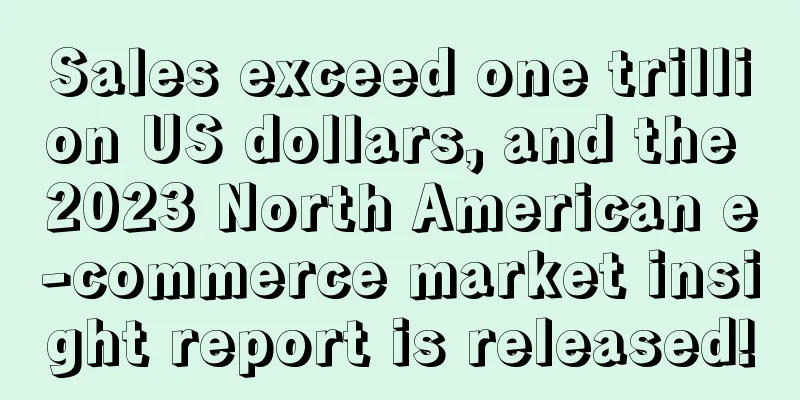Scary! A large number of Amazon sellers received removal letters! Was it a mass message or was there something else going on?

|
This morning, an emergency occurred in the Amazon community. A large number of sellers reported that they received an official letter of delisting, saying that the seller's product was removed from the shelves because it violated Amazon's policies! The emails were sent to a very wide range of sellers, and almost seven or eight out of ten sellers received them. All the registered and authorized stores were affected. Sellers in the industry began to panic. What on earth is Amazon trying to do? Is it preparing to close stores and remove products on a large scale again? Let’s take a look at what this email actually says. The email clearly stated that the brands of the products of the sellers named in the email were suspected of infringement, and "the brand names used were used to sell a large number of products that infringed on the intellectual property rights of others." It is not difficult to understand from the literal meaning that the brand of the seller's product has such a dark history of suspected infringement. Obviously, this situation should happen more often to authorized brands. If a brand is authorized to be used by multiple sellers, one of the sellers sells counterfeit or infringing products of other brands under the authorized brand name, and then Amazon detects this illegal operation and removes the products from other authorized stores of the same brand. This routine is very familiar. Isn't this the follow-up of the wave of brand joint punishment for fake orders in the first half of the year? If one of the multiple stores authorized by the same brand is suspected of fake orders, the others may be directly dealt with as accomplices. The wave of joint punishment for fake orders in July is still vivid in our memory. At that time, there were even big sellers whose stores died quickly because of cross-licensing brands. Hundreds of stores disappeared overnight. Will this round of joint punishment for infringement repeat the tragic situation at that time? The current situation of a large number of infringement letter incidents According to the feedback collected so far, although the email clearly states "We have temporarily stopped selling the products listed at the bottom of this email", in fact, many sellers who received the email found that these named products were still being sold normally (Active) when they checked the listed products, and had not been removed from the shelves as stated in the email. At the same time, some sellers reported that although they received the same removal letter, there was no product information listed at the end of the email, giving people the feeling that it was a mass email. The last situation is that some sellers have really had their listed products removed from the shelves. Some of their listed products have all been removed from the shelves, while others have only some of their listed products removed. However, what is strange is that even if a product is removed from the shelves due to brand infringement, they can still create new products using this brand. The above are several situations regarding this infringement incident. Overall, the first situation, that is, the products are still being sold normally, is the most common, and only a small number of sellers have been actually removed from the shelves and affected. In fact, this large-scale infringement incident had precursors, and we released the news as early as Monday. The infringement internal review had early signs This Monday we reported that Amazon was about to launch an internal audit, focusing on counterfeit and infringing products. It can be said that this infringement collective punishment email is a centralized handling of some suspected infringing accounts found after the internal audit. Brand collective punishment is just one way of handling. According to Amazon's thinking, brand-authorized products are equivalent to the brand's own products. Once there is a situation of selling counterfeit goods or infringement, it is a very reasonable idea to trace back to all the authorized products of the brand and handle them together. All I can say is that Amazon is moving faster and faster towards full compliance. Whether it is checking fake orders or infringement, they are trying more radical methods to deal with it. We sellers must adjust our business direction in a timely manner to adapt to the ever-changing Amazon environment. In this case, I suggest that if the product is really removed from the shelves, you should make rectifications according to the requirements, modify the illegal information and put it back on the shelves. If that doesn't work, you can move the warehouse and change the label. If there is no substantial impact, you should wait and see the situation and don't act rashly for the time being. |
<<: Amazon is about to charge for this service! Will it be more beneficial to sellers?
>>: Traffic growth rate of 164% in the first half of the year? This market is booming
Recommend
An Amazon summoner with an interesting soul
What I want to share with you today is the practi...
Closed on October 15! Just now, another cross-border e-commerce platform collapsed!
Cross-border e-commerce companies go bankrupt ever...
More than 110,000 mattresses recalled by CPSC! Available on Amazon and other platforms
It is learned that the U.S. Consumer Product Safet...
Here is the method to speed up the warehousing and shelving of your most troublesome FTW1 warehouse
After verification with Amazon, it was confirmed ...
Temu surpasses Shein in the US, but still cannot compete with Amazon
It is learned that according to foreign media repo...
What is AMZ Optimizer? AMZ Optimizer Review
AMZ Optimizer is a practical Amazon Listing optimi...
What is Fressnapf? Fressnapf Review
Fressnapf is one of the leaders in the European pe...
What is ClickBank? ClickBank Review
ClickBank was founded in 1998 and is one of the fo...
What are Bombas? Bombas Review
Bombas is a website that sells socks . About Bomba...
Another Shenzhen foreign trade factory collapsed and laid off all employees!
Affected by the global economic downturn, overseas...
What is a hyperlink (super URL)? Hyperlink (super URL) review
Amazon Super URL refers to a link that directs use...
Thanksgiving Day is the most expensive day! What do American online shoppers like to buy in November?
It is learned that recently, according to a survey...
What is OKEBA? OKEBA Review
OKEBA (Shenzhen OKEBA Technology Co., Ltd.) was es...
How valuable is "product selection"? How long can Amazon survive by relying on "product selection"?
The so-called product selection is to select the ...
Wayfair launches new AR features to counter the downturn in the US furniture market
Wayfair recently announced that it will add a new ...









